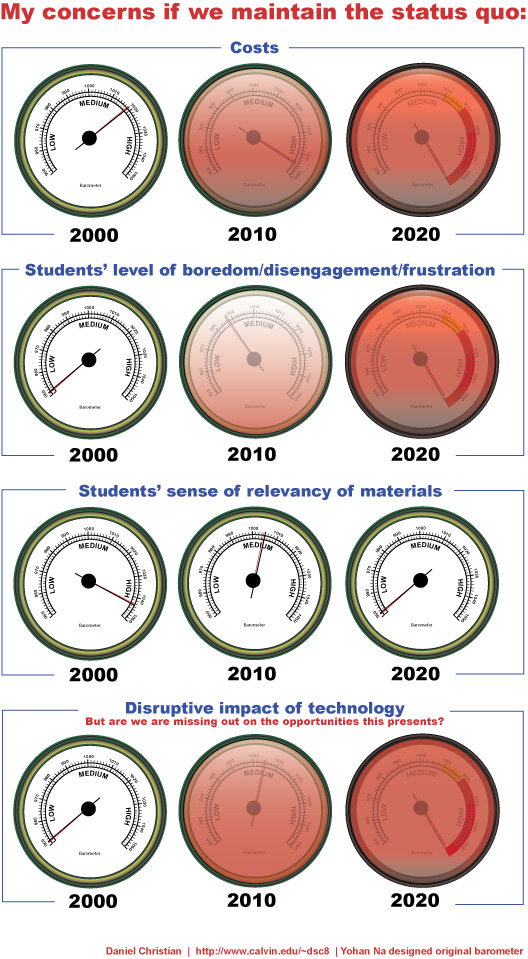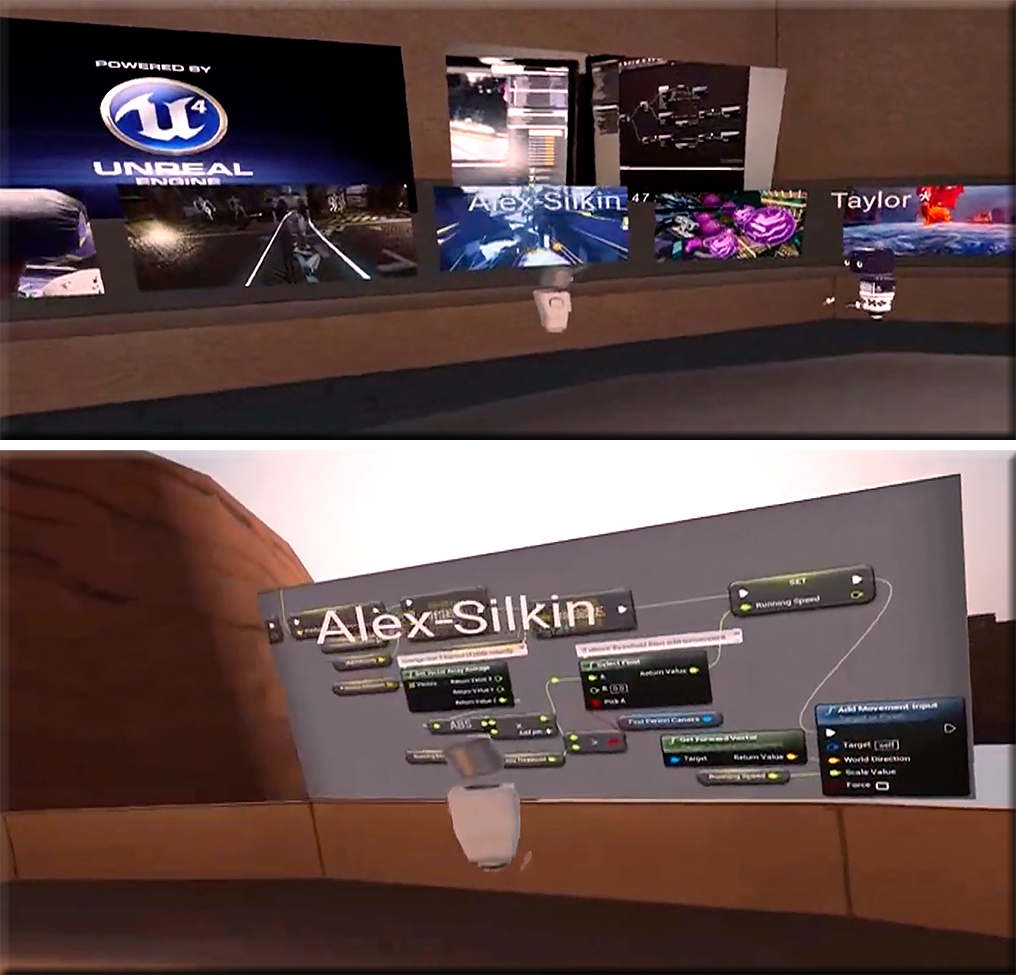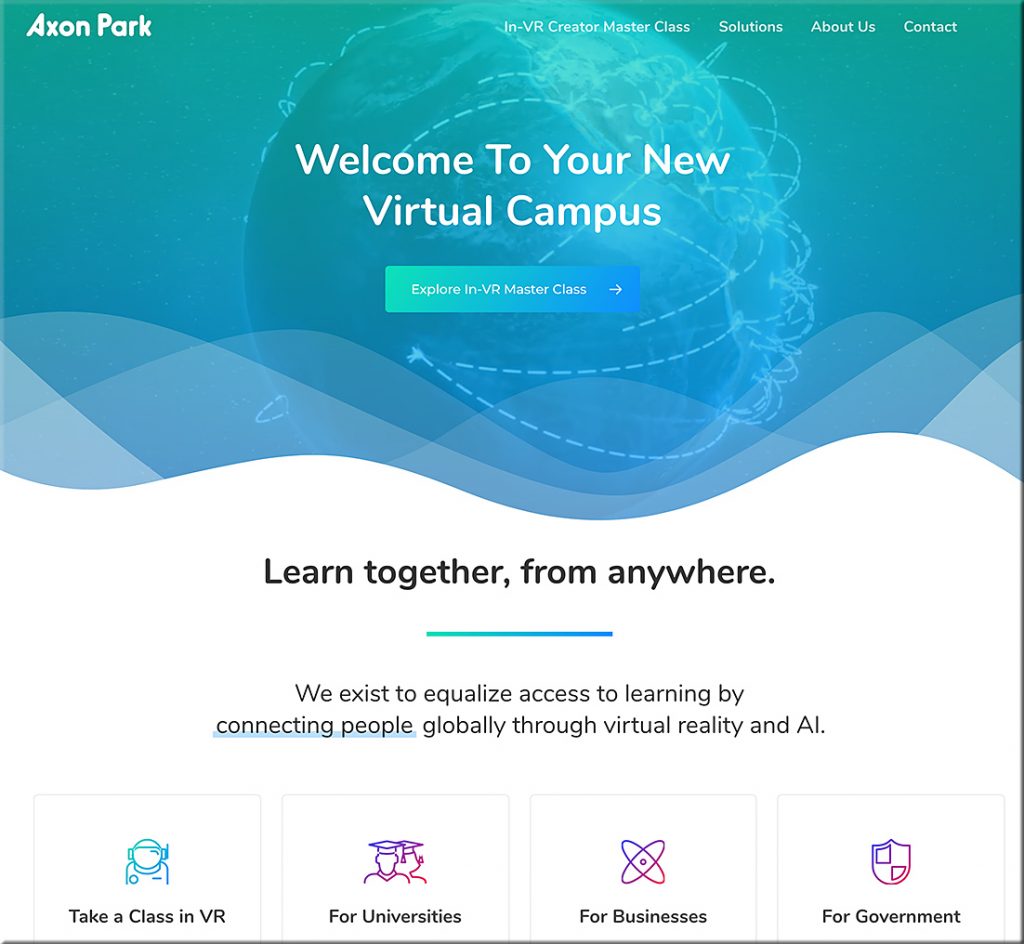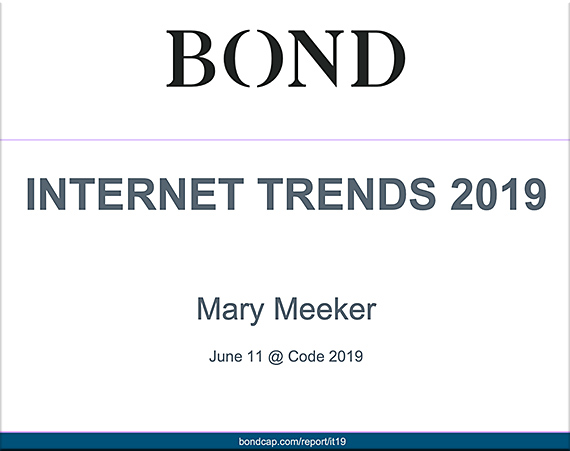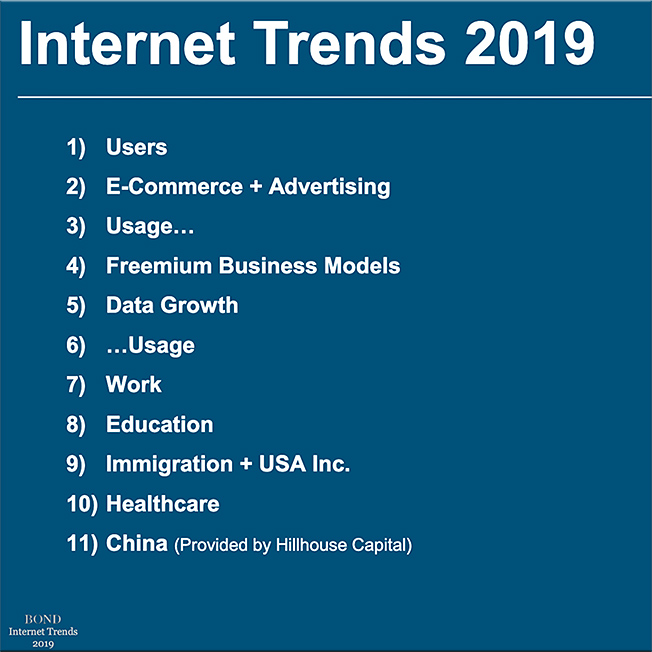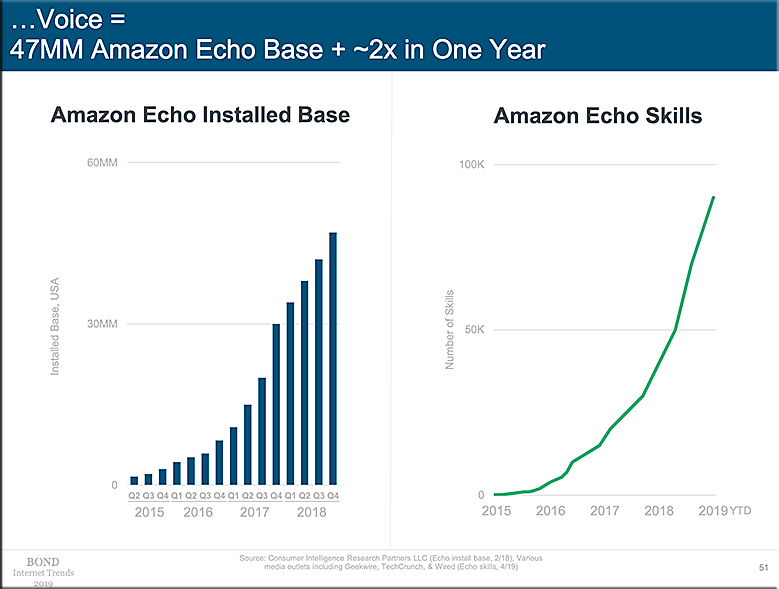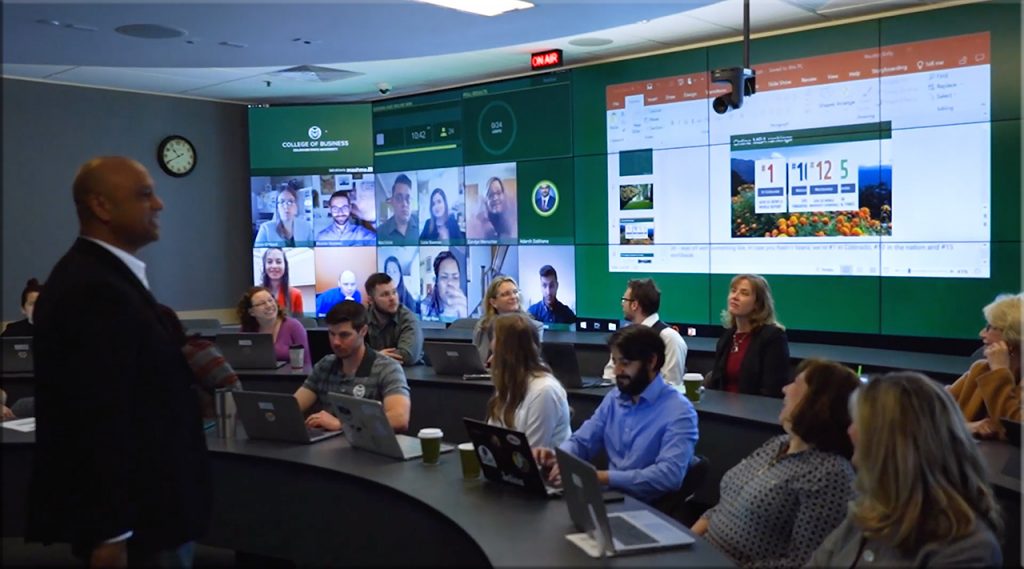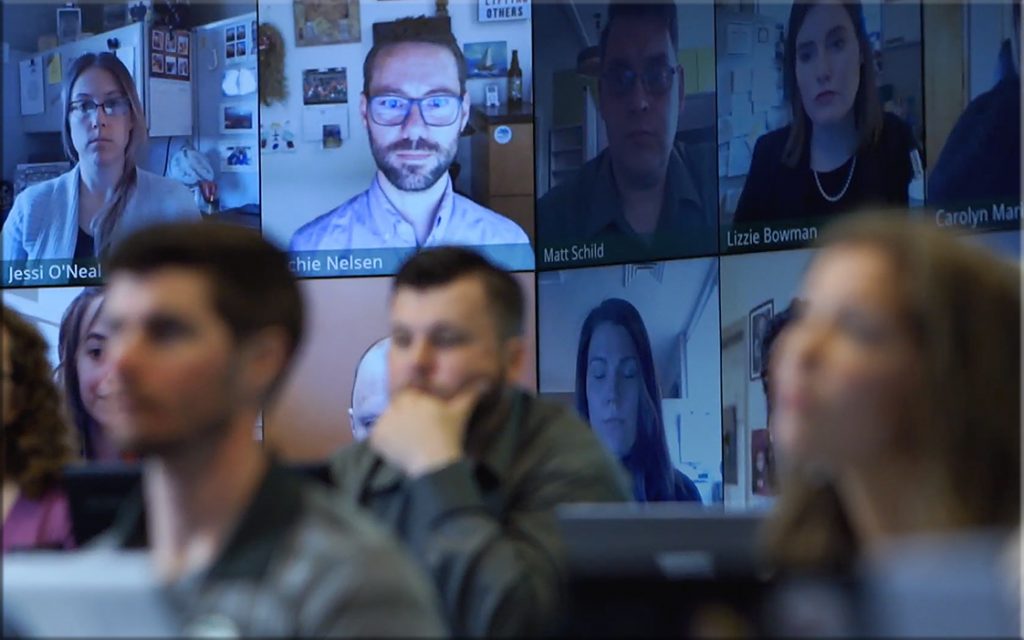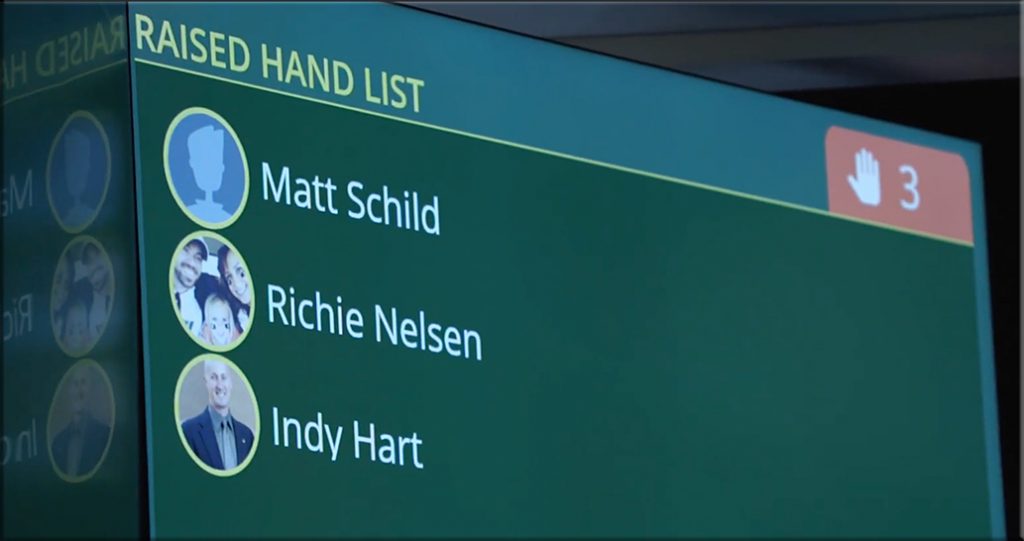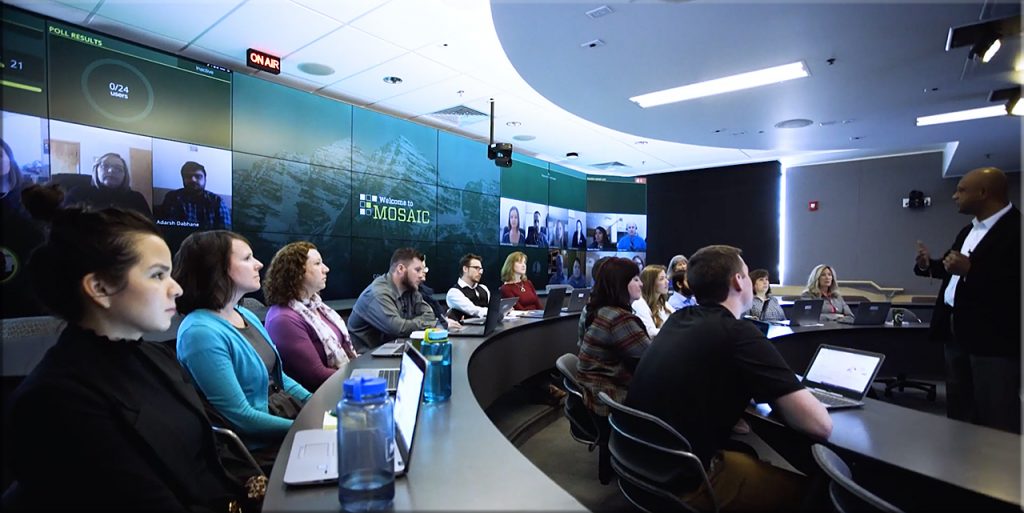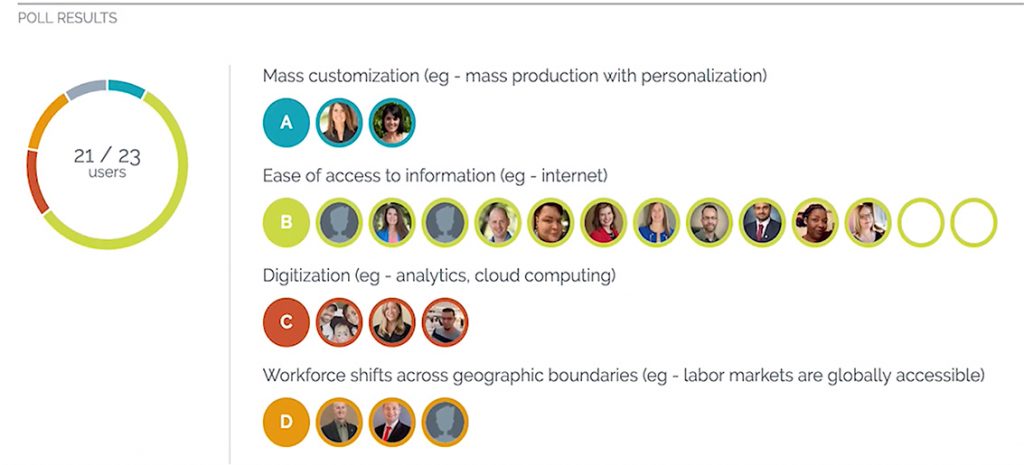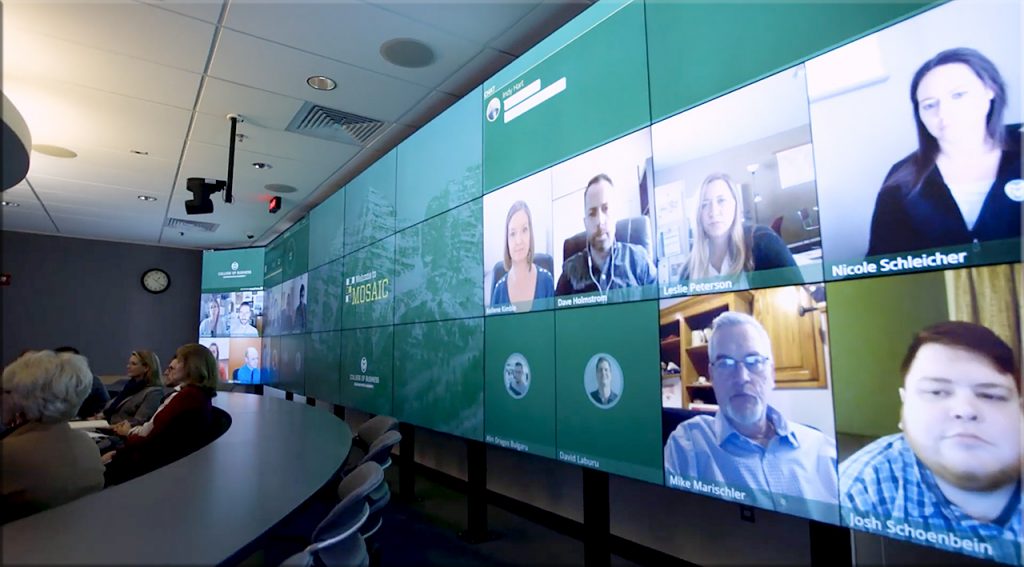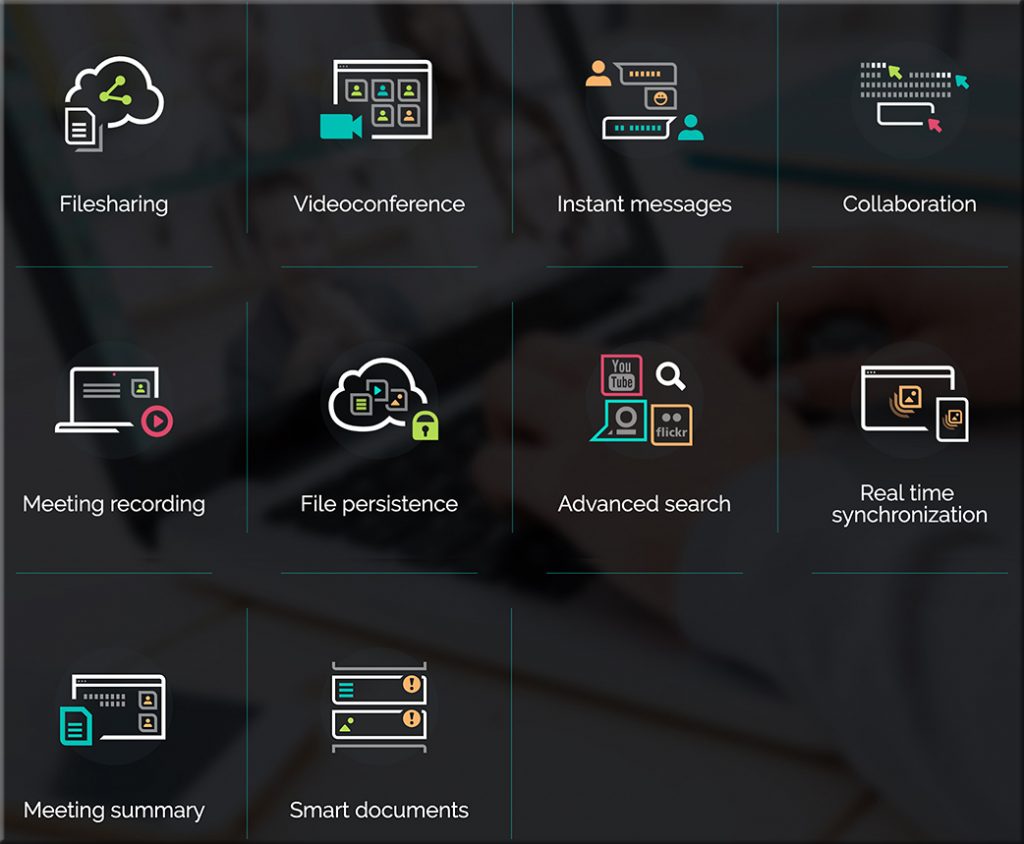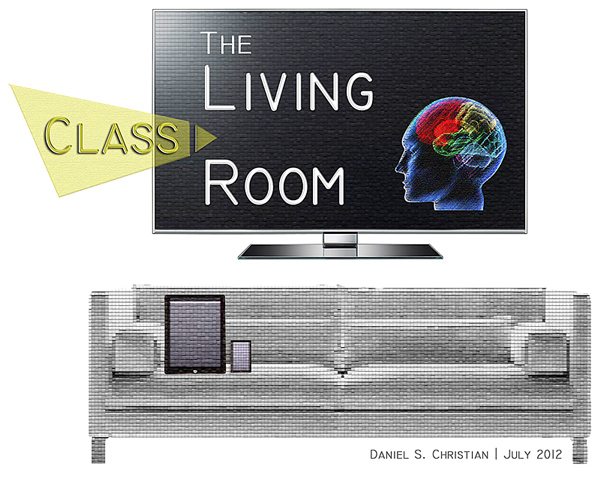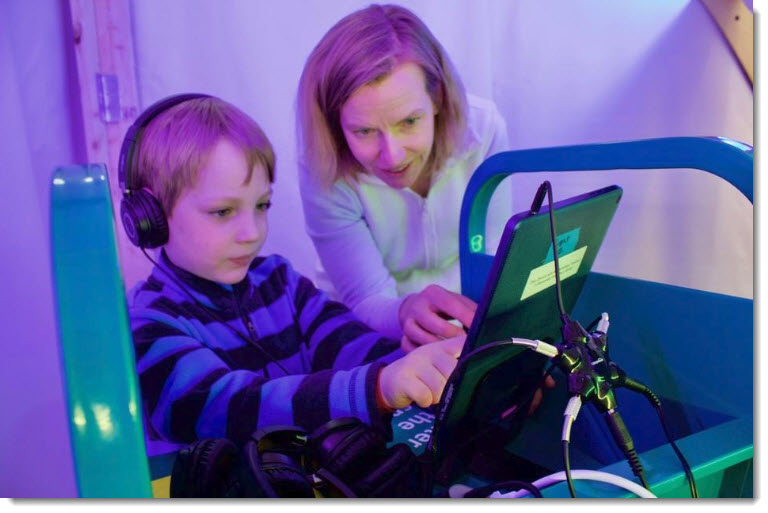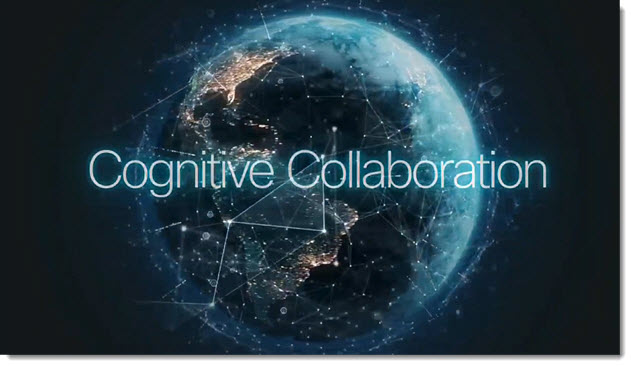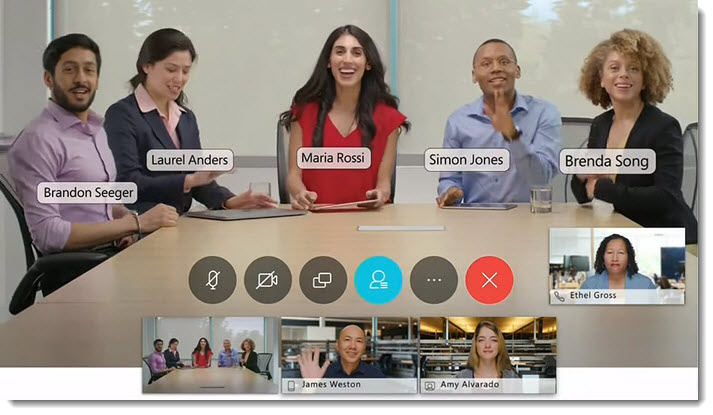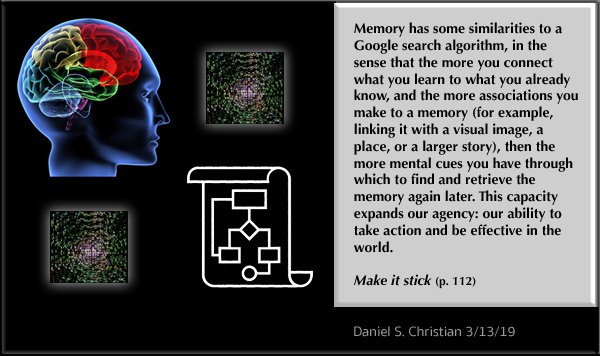Has Technology Made State Regional Universities Obsolete? — from campustechnology.com by Richard Rose
While SRUs do some things well, the current model is not sustainable, with students taking on enormous debt and receiving relatively little income benefit in return. Here’s how technology can help change the equation.
Excerpts (emphasis DSC):
What if the State Board of Higher Education assembled a team to create one exceptionally fine Official Texas Version of the sophomore Western Civilization course? The team would include brilliant subject-matter experts, the best graphic artists, senior instructional designers, professional film editors and sharp-eyed text editors, who could produce a 48-clock-hour video course of previously unimaginable quality.
…
When technology is fully embraced because the need for a better and cheaper product finally trumps the political protection of the status quo, the state regional university will be replaced as part of new state university systems in which local institutions will play a very different role. These new local institutions could be called Learning Satellite Centers (LSCs).
…
Much content will take the form of high-budget, high-quality multimedia productions with delivery available to all popular devices, from desktop computers to cell phones. Access to learning materials, from course movies and podcasts to reading materials, will be through an expanded electronic distribution system that will eliminate the need for paper-based academic libraries.
…
The goal of the University Center plus Learning Satellite Center model is to transfer agency back into the hands of the students, where it belongs. No longer will a self-appointed privileged group of professional academics with their arcane degrees and funny ceremonial robes be dictating to the rest of society what we all need to learn and how we need to learn it. Technology will be the great leveler and the marketplace will help individual students decide what choices are best.
Of course, a brief sketch like this one will raise many questions that cannot be explored in a single article, but the conversation must begin. The current State Regional University is not sustainable and can only be propped up by politics and sentiment for so long. Too many students are piling up huge debt to earn dubious degrees that don’t lead to marketable skills or significant economic benefits. Technology has made more effective models of higher education attainable and at a lower price. We need to fearlessly explore such models before our charming old regional campuses drift into irrelevance.
From DSC:
While the article has a bit of a bite to it (which I suppose readers of this blog would say they might see in my writings/comments as well from time to time), THIS is the kind of innovative, creative thinking that will get us somewhere. I really appreciate Richard’s article and the deep thought he was put into this topic.
In fact, as readers of this blog will know, I have long been a supporter of a TEAM-BASED approach. And listed below are some graphics that prove it — as well as this article I wrote for evolllution.com (where the “lll” stands for lifelong learning) back from 2016.
This page* lists those graphics plus the list of team members that I thought of in December 2008:
- Subject Matter Experts
- Instructional Designers
- Project Managers
- Recruiters
- Legal Counsel
- Researchers / Mind Experts
- Digital Audio Specialists
- Digital Video Specialists
- Streaming Media Experts
- Mobile Learning Consultants
- Writers and Editors
- Programmers and Database Specialists
- Web Design and Production Specialists
- Interactivity Designers
- Multimedia Specialists including Multi-Touch Experts/Programmers
- 3D / 2D Graphic Designers and/or Animators
- MindMappers / Visual Learning Experts
- Personalized Learning Consultants
- Security Experts
- The students themselves
- Other
*BTW, I renamed this idea from the Forthcoming Walmart of Education
to the Forthcoming Amazon.com of Higher Education
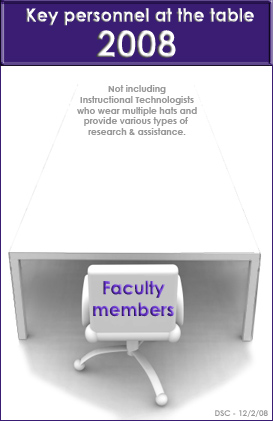
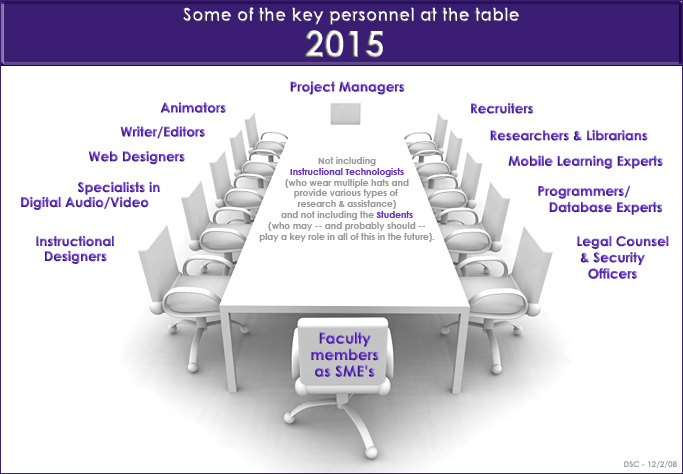
.
While I’m at it…below are a couple of ideas that I documented back in 2009 that Richard might like…
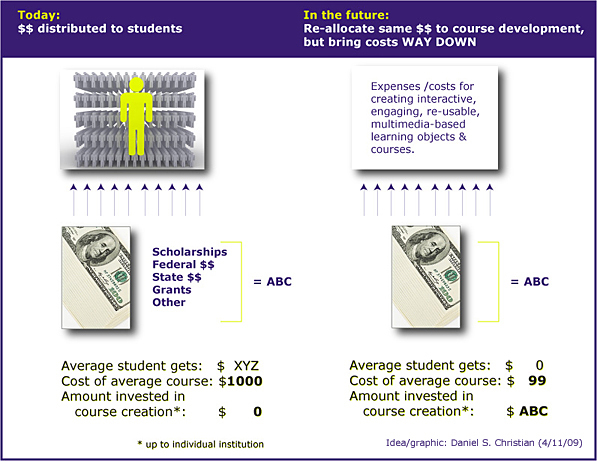
.
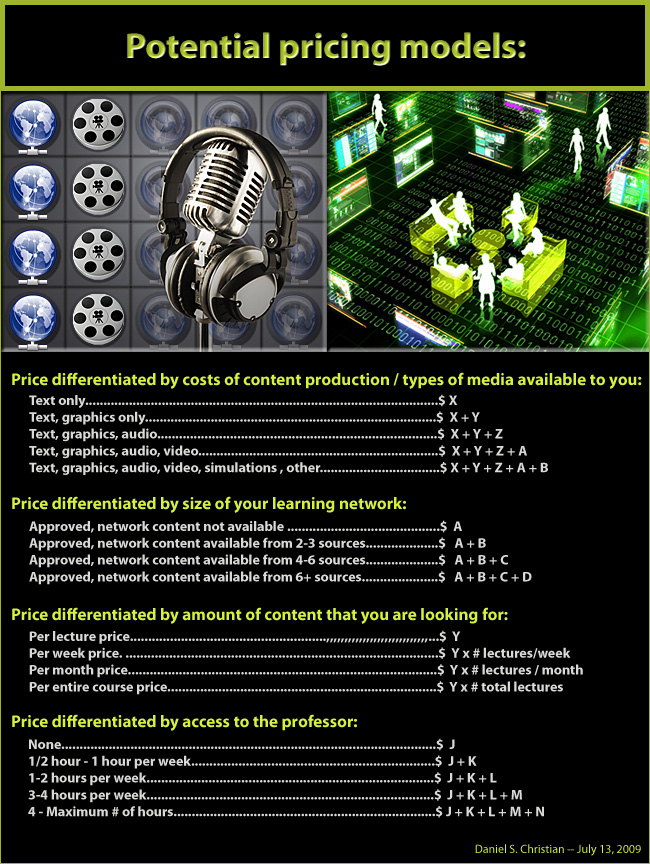
As of today…I would simplify that last graphic to
include a subscription model to streams of content.
Ok…one more graphic from 5/21/09 that describes what I thought would happen if institutions of traditional higher education maintained the status quo through the years. I feel pretty good about how these predictions turned out, but I wish that we would have made even more progress along these lines than we have (since the time I created this graphic).
